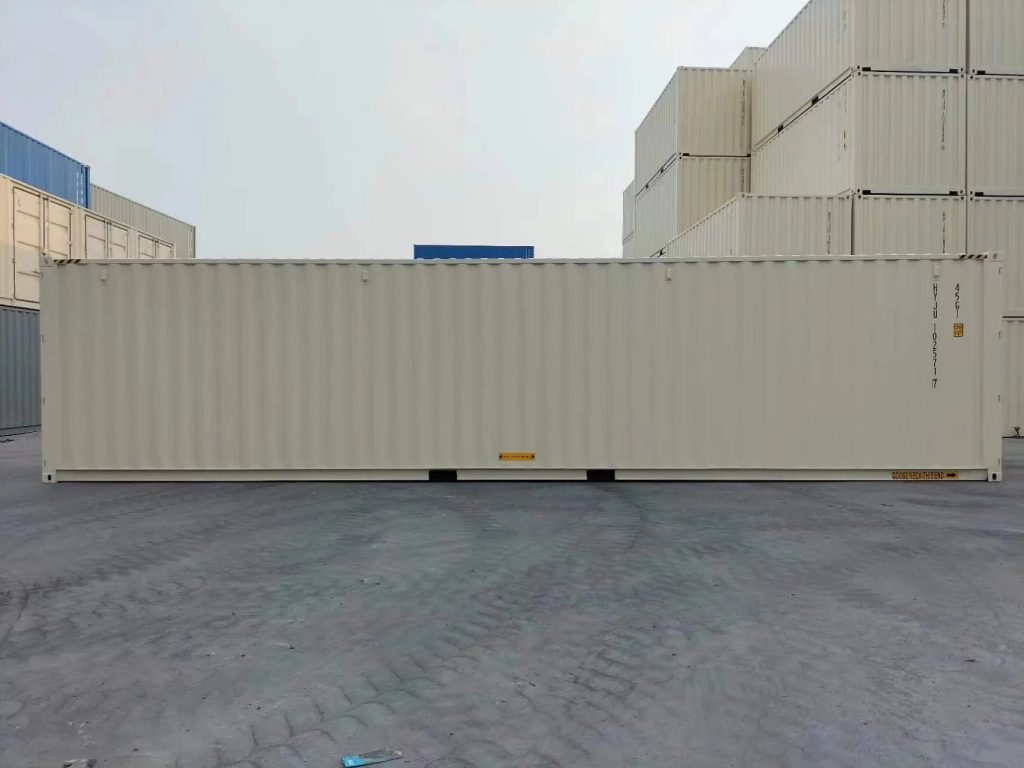The Lesser-Known Benefits Of Shipping Container Homes
The Rise of Shipping Container Homes: An Innovative Approach to Affordable Living
Recently, the pattern of utilizing shipping containers for homes has acquired significant popularity. As housing prices continue to soar, eco-conscious living becomes more enticing, and the need for ingenious solutions emerges, shipping container homes become a practical choice. This article delves into the different elements of residing in shipping container homes, explores their advantages and difficulties, and addresses some frequently asked questions.
What Are Shipping Container Homes?
Shipping container homes are structures built from repurposed shipping containers, which are normally made from steel and can stand up to harsh climate condition. They come in various sizes, with the most typical being the standard 20-foot and 40-foot containers. These homes can be created as standalone systems or combined to form bigger home, making them highly versatile to different way of lives and living plans.
Table 1: Common Sizes and Dimensions of Shipping Containers
Container Size
External Dimensions (feet)
Internal Dimensions (ft)
Square Footage
20-foot container
20' x 8' x 8.5'
19'4” x 7'8” x 7'9”
160 sq feet
40-foot container
40' x 8' x 8.5'
39'4” x 7'8” x 7'9”
320 sq feet
40-foot high cube
40' x 8' x 9.5'
39'4” x 7'8” x 8'9”
320 sq feet
Advantages of Shipping Container Homes
Shipping container homes feature numerous advantages, making them an attractive choice for numerous individuals and families. Here are some of the key benefits:
Affordability: One of the main factors individuals choose shipping container homes is their cost-effectiveness. Acquiring Shipping Container Prices used shipping container can be considerably less expensive than traditional construction products.
Environmentally friendly: By repurposing old shipping containers, people can minimize waste and promote sustainable living.
Resilience: Shipping containers are created to stand up to harsh conditions at sea, making them resilient to severe weather, insects, and decay.
Quick Construction: The modular nature of shipping containers permits faster construction times compared to standard homes, significantly minimizing the time from design to move-in.
Flexibility: Shipping containers are highly customizable, enabling property owners to design and modify their living space to fulfill their specific needs and choices.
Movement: For those who want a semi-nomadic lifestyle, shipping container homes can be transferred relatively easily, making relocation easier.
Difficulties of Shipping Container Homes
While there are many benefits to shipping container homes, there are likewise some obstacles that potential homeowners must think about:
Zoning Laws and Regulations: Many municipalities have rigorous guidelines governing making use of shipping containers as homes, making it necessary to research local zoning laws.
Insulation: Shipping containers can carry out heat and cold. Reliable insulation is important to guarantee comfort in extreme temperatures.
Limited Space: While containers can be combined for larger living areas, the preliminary footprint might feel smaller sized compared to standard homes, which can be a downside for larger households.
Moisture Control: Shipping containers can trap wetness if not sufficiently ventilated or insulated, leading to prospective mold issues.
Funding: Traditional mortgage options may be more complex for shipping container homes, making financing a challenge for some.
Building a Shipping Container Home: Key Considerations
If one is considering developing a shipping container home, several aspects need to be taken into account:
Research Local Codes: Before moving forward, consult local structure and zoning policies to ensure compliance.
Choose the Right Location: The website's availability, utilities, and environmental aspects significantly affect the convenience and expediency of living in a shipping container home.
Design and Layout: Planning the design carefully can maximize area and functionality. Incorporating open-plan styles can help develop an impression of a larger location.
Insulation and Ventilation: Invest in quality insulation and proper ventilation systems to ensure year-round comfort.
Spending plan for Services: Consider extra costs such as plumbing, electrical setup, and website preparation, which can add to the overall expenses.
Regularly Asked Questions (FAQs)
1. Are shipping container homes budget-friendly?
Yes, shipping container homes can be relatively affordable compared to conventional homes, particularly when utilizing recycled materials and minimalist styles.
2. The length of time do shipping container homes last?
With correct upkeep and care, shipping container homes can last for decades. The steel structure is robust, however seasonal maintenance is vital to prevent rust and deterioration.
3. Can I tailor my shipping container home?
Absolutely! Shipping containers are highly adjustable. House owners can pick the design, products, and surfaces, making each home distinct.
4. Do shipping container homes need permits?
Yes, structure licenses might be needed depending upon regional policies. It's crucial to talk to local authorities before beginning your task.
5. How do shipping container homes carry out in extreme weather?
Shipping container homes are designed to hold up against substantial pressures and forces, making them durable in extreme weather. Nevertheless, proper design and insulation are crucial to make sure convenience.
Shipping container homes represent an innovative solution to modern-day housing difficulties, offering price, sustainability, and flexibility. As this trend grows in appeal, it encourages more conversations about eco-friendly living and the importance of budget-friendly housing. However, with any housing option, cautious preparation and factor to consider are crucial to making it a truth. By weighing the advantages and challenges, potential homebuyers can make informed choices about whether a shipping container home is the right choice for them.
